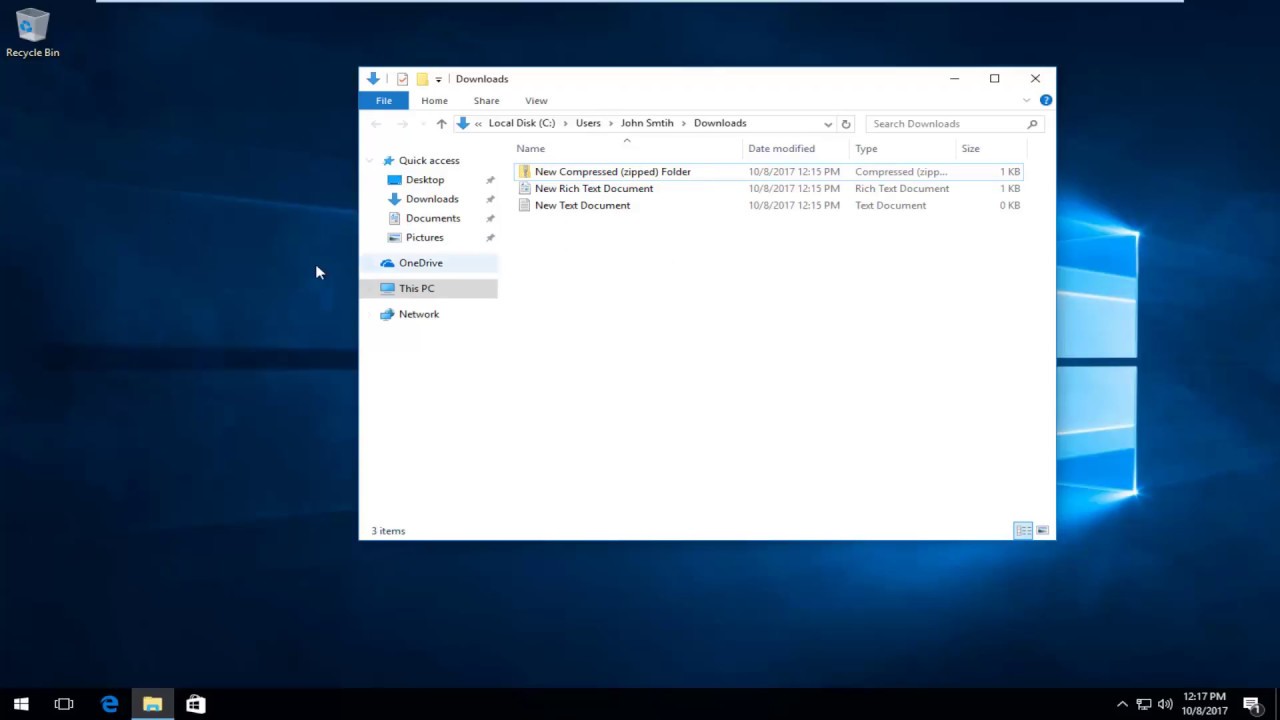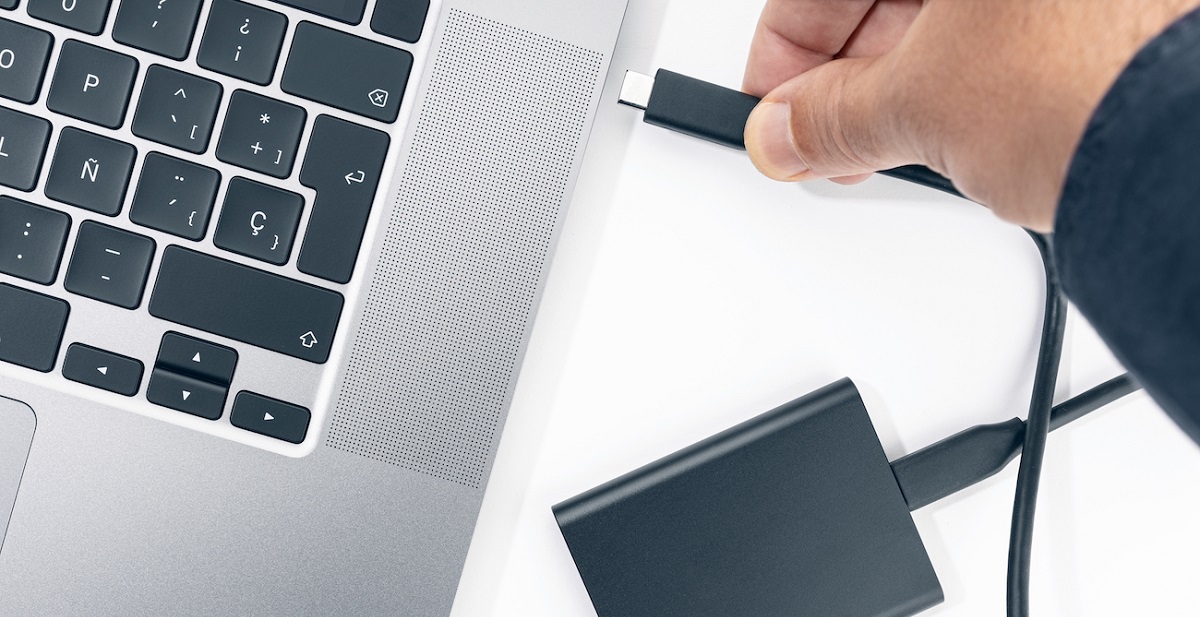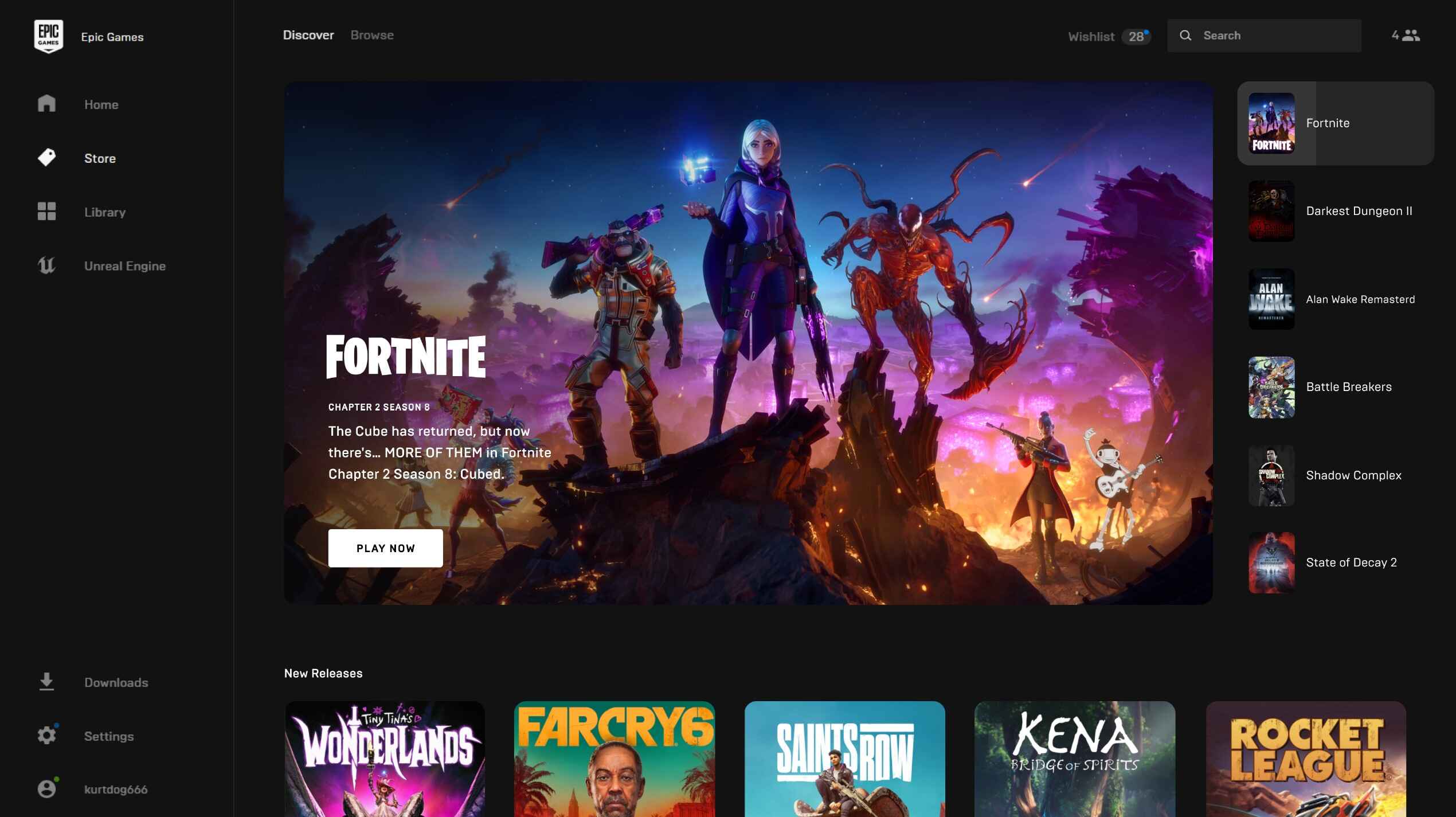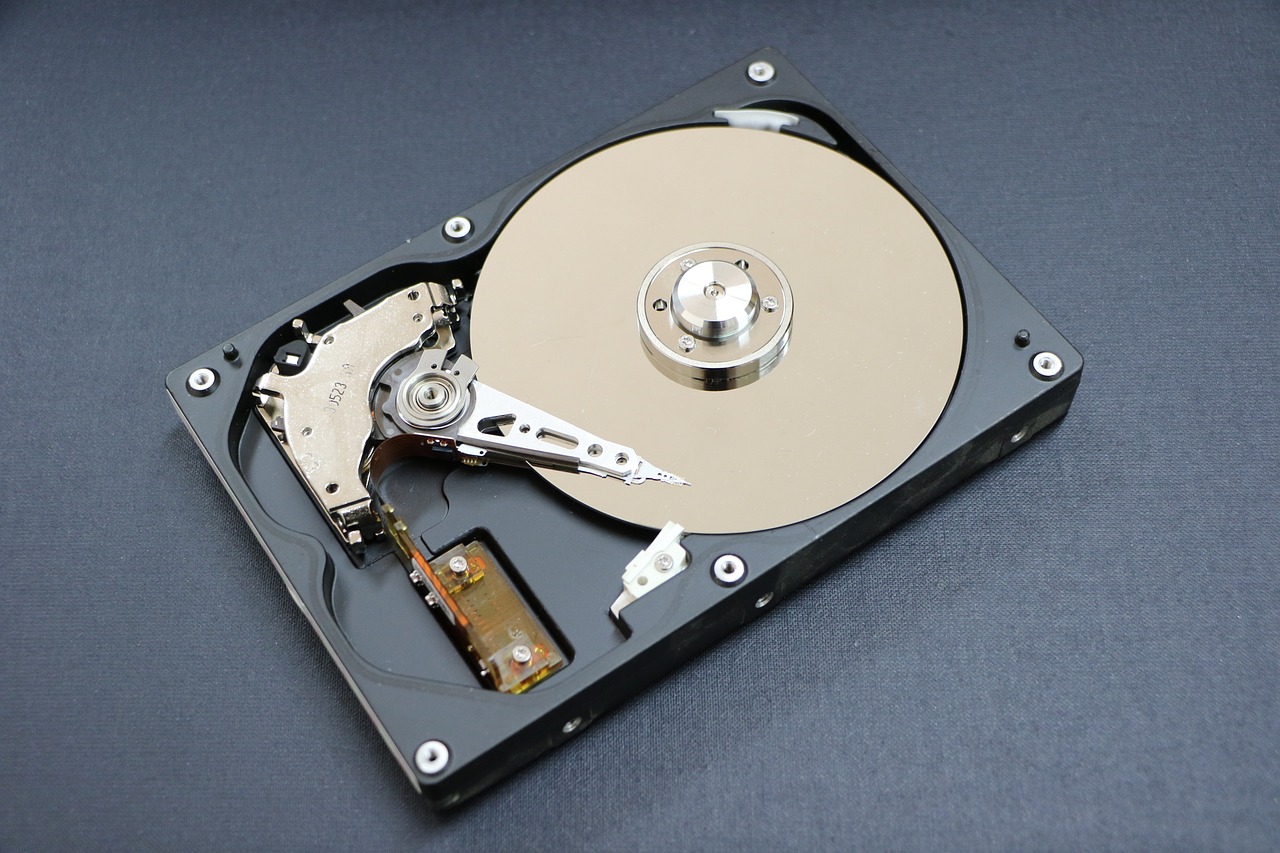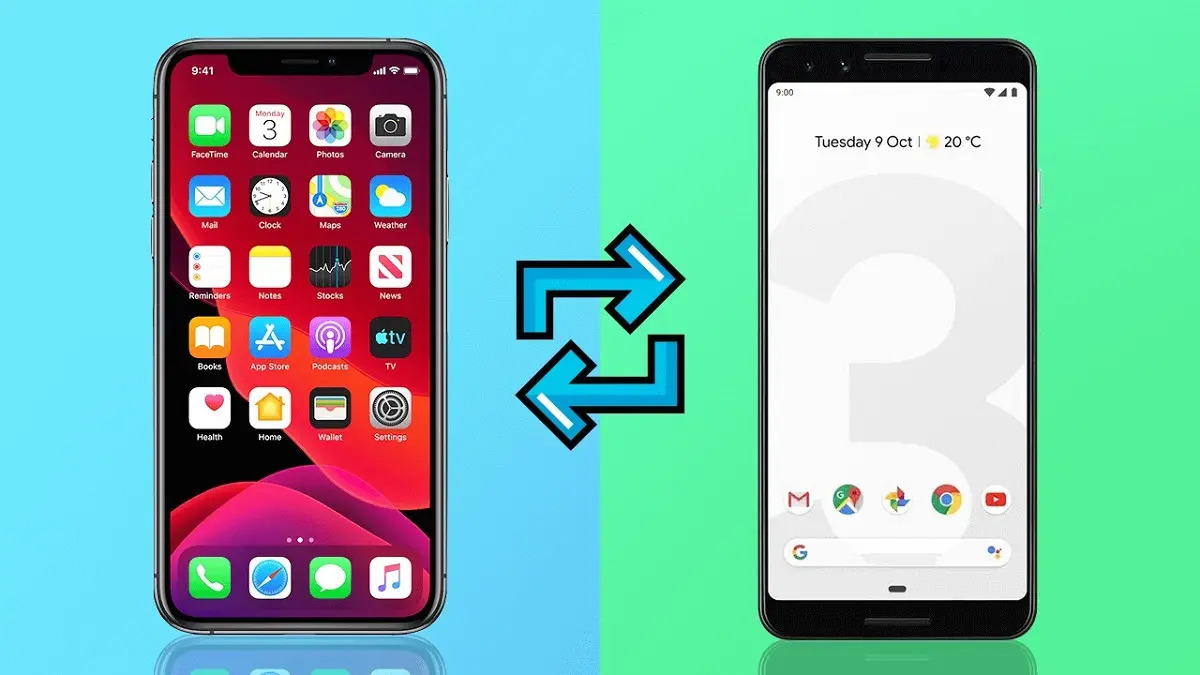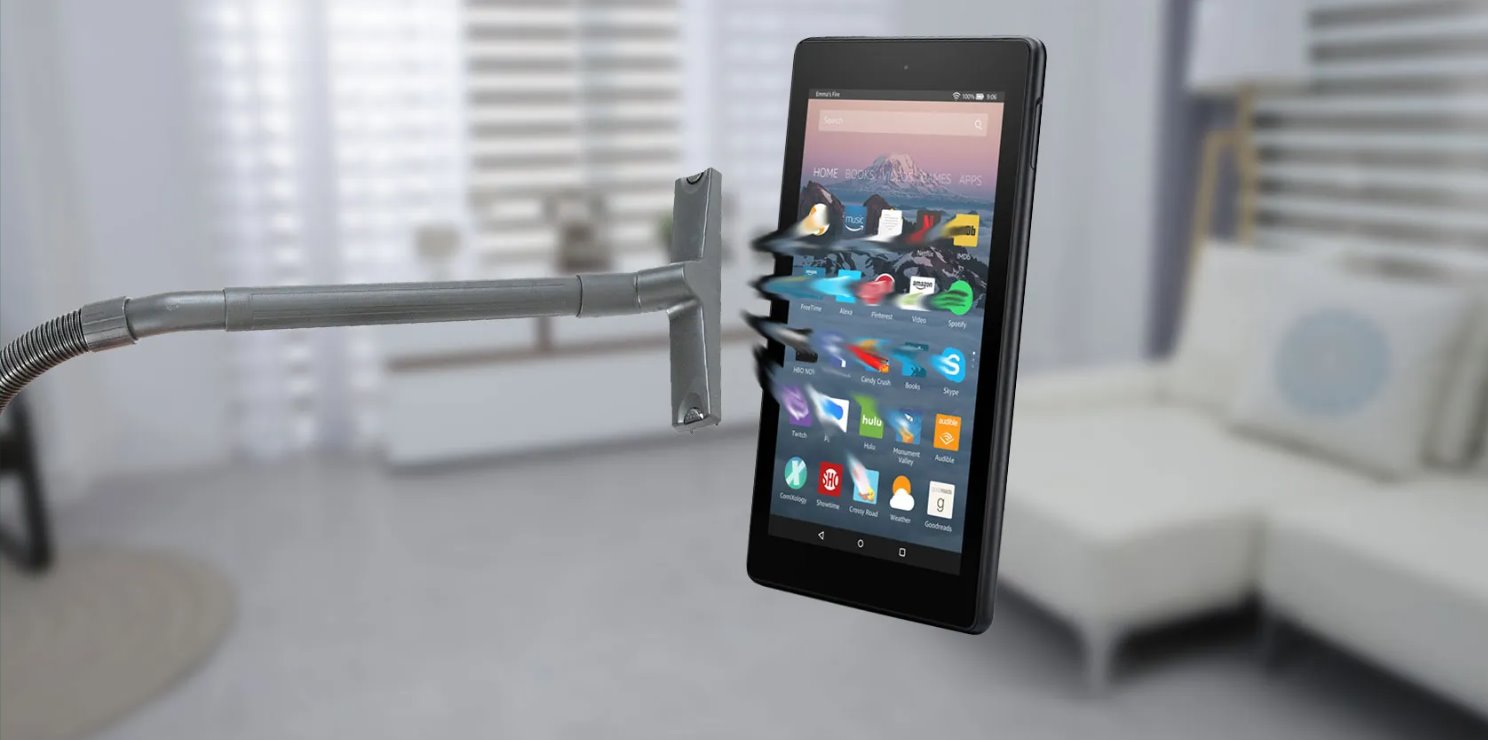Introduction
Welcome to the guide on how to move your download folder to another drive. If you find yourself running out of storage space on your current drive or simply want to better organize your files, relocating your download folder can be a great solution. By moving it to a different drive, you can free up space on your main drive and ensure that all your downloads are stored in a separate location.
Whether you download files regularly or occasionally, it’s important to have a designated folder to store them. Most operating systems and web browsers have default download locations, which are often on the system’s primary drive. However, as you accumulate more files, these default locations can quickly fill up the available space, resulting in storage issues.
By moving your download folder to another drive, you not only address the storage problem but also gain better control over your downloaded files. You can choose a drive with more available space or use a secondary drive solely for organizing and storing downloads.
In this guide, we will walk you through the step-by-step process of moving your download folder to another drive. We will also provide some helpful tips for managing your downloads effectively once they are located on a separate drive. So, let’s get started and ensure a smooth transition for your downloading needs.
Why Move the Download Folder to Another Drive?
There are several compelling reasons why you might want to consider moving your download folder to another drive:
1. Free up space on your main drive: As you download files over time, they can accumulate and take up a significant amount of storage space on your primary drive. By relocating your download folder to a different drive with more available space, you can ensure that your main drive remains clutter-free and has ample room for other essential files and applications.
2. Improve system performance: When your main drive gets filled with downloaded files, it can have a negative impact on your system’s overall performance. By moving your download folder to a separate drive, you reduce the workload on your main drive, preventing it from getting overloaded and resulting in faster system performance.
3. Organize your downloads effectively: Having a dedicated drive for downloads allows for better organization of your files. You can create subfolders based on file types or categories, making it easier to locate specific downloads when you need them. This saves you time and eliminates the frustration of searching through a cluttered default download location.
4. Backup and redundancy: If your main drive fails or encounters any issues, having your download folder on a separate drive ensures that your downloaded files are safe and easily recoverable. It provides an extra layer of backup and redundancy, giving you peace of mind that your important downloads are protected.
5. Flexibility and customization: Moving your download folder to another drive gives you the flexibility to choose the drive that best suits your needs. Whether you prefer an internal drive, an external hard drive, or even a cloud storage solution, you have the freedom to customize your setup based on your preferences and requirements.
Now that you understand the benefits of moving your download folder to another drive, let’s proceed to the next section, where we will guide you through the step-by-step process of making this relocation.
Step 1: Create a New Folder on the Destination Drive
The first step in moving your download folder to another drive is to create a new folder on the destination drive where you want to store your downloaded files. This can be an internal drive, an external hard drive, or even a network drive.
Follow these steps to create a new folder:
- Open the File Explorer or Finder on your operating system.
- Navigate to the destination drive where you want to create the new folder.
- Right-click on an empty space in the drive and select “New” or “Create New Folder” from the context menu.
- Give the new folder a descriptive name. You can choose a name that reflects the purpose or category of your downloaded files, such as “Downloads,” “My Downloads,” or “Media Downloads.”
Once you have created the new folder, you are ready to proceed to the next step of moving your download folder to the newly created location. Ensure that you choose a location that is easily accessible and will provide ample space for your future downloads.
Now that we have successfully created the new folder on the destination drive, let’s move on to the next step where we will learn how to relocate the download folder.
Step 2: Move the Download Folder to the New Location
Now that you have created a new folder on the destination drive, it’s time to move your existing download folder to the new location. Follow these steps:
- Open the File Explorer or Finder on your operating system.
- Navigate to the current location of your download folder. By default, this is usually on your main drive.
- Right-click on the download folder and select “Cut” or “Move” from the context menu. Alternatively, you can use the keyboard shortcut Ctrl + X to cut the folder.
- Go to the destination drive where you created the new folder in the previous step.
- Right-click on an empty space in the drive and select “Paste” or use the keyboard shortcut Ctrl + V to move the download folder.
Depending on the size and number of files in your download folder, the process of moving the folder may take a few moments or longer. Be patient and give it time to complete the move.
Once the folder has been successfully moved to the new location, you can verify its presence by navigating to the destination drive. You should see the download folder with all its contents intact.
It’s important to note that moving the download folder does not automatically update the download location in your web browser. In the next step, we will explain how to change the download location settings to reflect the new location we have just created. Let’s move on to step 3.
Step 3: Change the Download Location in Your Web Browser
After moving your download folder to the new location, it’s important to update the download location settings in your web browser. This ensures that any future downloads are saved to the correct folder on the destination drive. Here’s how you can change the download location settings in some popular web browsers:
Google Chrome:
- Open Google Chrome and click on the three-dot menu icon in the top-right corner of the browser window.
- Select “Settings” from the dropdown menu.
- Scroll down and click on “Advanced” to expand the advanced settings.
- Under the “Downloads” section, click on “Change” to modify the download location.
- Navigate to the new location on the destination drive where you moved your download folder.
- Select the new folder and click on “Open” to set it as the new download location.
Mozilla Firefox:
- Open Mozilla Firefox and click on the three-line menu icon in the top-right corner of the browser window.
- Select “Options” from the dropdown menu.
- In the left sidebar, click on “General.”
- Under the “Downloads” section, click on “Browse” to choose a new folder for your downloads.
- Navigate to the new location on the destination drive, select the new folder, and click on “Select Folder” to set it as the new download location.
Microsoft Edge:
- Open Microsoft Edge and click on the three-dot menu icon in the top-right corner of the browser window.
- Select “Settings” from the dropdown menu.
- Scroll down and click on “Downloads” in the left sidebar.
- Click on “Change” to modify the download location.
- Navigate to the new location on the destination drive, select the new folder, and click on “Select Folder” to set it as the new download location.
These steps may vary slightly depending on the version and specific settings of your web browser, but the overall process should be similar. Make sure to save the changes once you have selected the new download folder location.
With the download location updated in your web browser, you are now ready to test the new download folder location in the next step.
Step 4: Test the New Download Folder Location
After changing the download location settings in your web browser, it’s essential to test if the new download folder location is working correctly. This step will ensure that any new downloads are saved to the designated folder on the destination drive. Follow these steps to test the new download folder location:
- Open your web browser and navigate to a website where you can download a test file. For example, you can try downloading a sample image or document.
- Click on the download link or button for the test file.
- A dialog box or pop-up window will appear, asking you to specify the location to save the file. Verify that the selected location is the new folder on the destination drive.
- If the location is correct, click on the “Save” or “Download” button to initiate the download.
- Wait for the download to complete and check that the file is saved in the new download folder on the destination drive.
- Repeat the process with a few more test downloads to ensure consistent and accurate saving of files to the new location.
If the test downloads are successfully saved to the new download folder on the destination drive, congratulations! You have successfully moved your download folder and configured your web browser to use the new location.
In case the files are not saving to the desired location, double-check the download location settings in your web browser and ensure that you have correctly followed the previous steps. If necessary, repeat the process and ensure that the new folder on the destination drive is correctly specified as the download location.
With the new download folder location tested and confirmed, you can now enjoy the benefits of a separate drive for your downloads, including better organization, storage space optimization, and improved system performance.
In the next section, we will provide some tips for managing downloads effectively on a separate drive.
Tips for Managing Downloads on a Separate Drive
Now that you have successfully moved your download folder to a separate drive, here are some useful tips to help you effectively manage your downloads:
1. Organize your downloads: Take advantage of the new folder structure and create subfolders within your download folder to categorize your files. You can create folders based on file types (e.g., documents, images, audio) or categories (e.g., work, personal, entertainment). This will make it easier to locate specific files when needed.
2. Regularly clean up your downloads: It’s easy for your download folder to become cluttered over time. To keep it organized and prevent it from taking up too much space, regularly go through your downloads and delete any files that you no longer need. Consider setting up a schedule or reminder to clean up your downloads folder periodically.
3. Use a naming convention: When downloading files, consider using a consistent naming convention to make it easier to identify and search for specific files. Include relevant information such as the file name, date, and any other identifying details that may be helpful in finding the file later.
4. Backup your downloads: Although your download folder is now on a separate drive, it’s still important to back up your files regularly. Make use of external storage devices, cloud storage services, or even automatic backup solutions to ensure your downloaded files are protected and easily recoverable in case of any data loss.
5. Set download preferences: Take advantage of the settings available in your web browser to customize your download preferences. You can choose to be prompted for the location to save each file, specify a default location for certain file types, or set files to automatically download to the new download folder on the destination drive.
6. Monitor your storage space: Keep an eye on the available storage space on your destination drive to prevent it from getting filled up. Regularly check the drive’s capacity and consider performing regular cleanups or transferring files to other storage solutions if necessary.
7. Be cautious when downloading: As with any file downloads, exercise caution when downloading files from the internet. Always ensure that you are downloading from trusted sources, and be wary of any suspicious files or links that may contain malware or viruses.
By following these tips, you can effectively manage your downloads and make the most out of your separate drive location for storing downloaded files.
Now that you have gained valuable insights into managing downloads on a separate drive, let’s conclude this guide with a summary of the key points covered.
Conclusion
Moving your download folder to another drive can provide several benefits, including freeing up space on your main drive, improving system performance, and allowing for better organization of your downloaded files. By following the step-by-step process outlined in this guide, you can successfully relocate your download folder and configure your web browser to save files to the new location.
Remember to create a new folder on the destination drive, move your existing download folder to the new location, update the download location settings in your web browser, and test the new download folder location to ensure it is working correctly. Additionally, implementing the provided tips for managing downloads on a separate drive can help you maintain an organized and efficient system.
With your download folder now on a separate drive, you can enjoy the benefits of reduced clutter on your main drive, faster system performance, and the ability to easily locate and manage your downloaded files. Take advantage of the newfound storage space and organizational capabilities to enhance your downloading experience.
Remember to regularly clean up your downloads, backup important files, monitor storage space, and be cautious when downloading from the internet to ensure a seamless and secure experience.
We hope this guide has been helpful in assisting you with moving your download folder and optimizing your downloads. Enjoy the benefits of a separate drive for your downloaded files and make the most out of your storage capacity and system performance.
Happy downloading!







